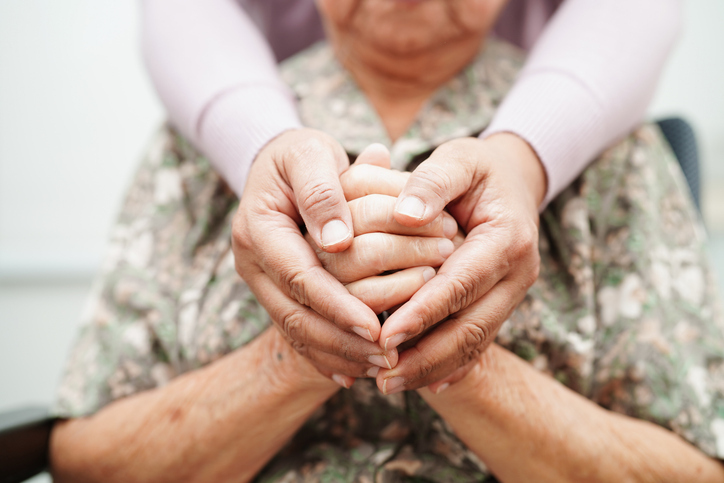By Mable Smith, PhD, JD, MSN, BSN, RN

A diverse nursing student body builds the foundation for a diverse workforce that can become effective in the provision of culturally competent care to patients. Our student body at Roseman University of Health Sciences is reflective of the diversity seen in the population that consists of Caucasians, African Americans, Hispanics, Asians, Native Hawaiian and other Pacific Islanders, to name a few. This diversity is reflected in the health care system among workers and patients. Students bring a wealth of information that is shared with each other and with faculty.

For example, in a class discussion on nutrition, students from various cultures shared how and what types of foods are used to treat certain illnesses. There were discussions on how food should be presented, such as hot versus cold, raw versus cooked. Some students shared the significance of family presence during meals even for hospitalized patients. These discussions quickly incorporated religious practices and certain etiquettes to promote “religious correctness” when interacting with various cultural and religious groups. Students also provided insight into generational differences and changes with emphasis on the fact that many in the younger generation have not adopted the strict traditions of their parents and grandparents.
Several students picked up on the stereotyping of religious and cultural classifications. Two students of the same racial group, but from different parts of the U.S., highlighted the differences in their beliefs, values, health practices, diets and even religion. Both are African American students, with one raised Catholic and the other Baptist.
Students in the College of Nursing are assigned to groups and remain with their group through the program of study. They learn to work with a racially and culturally group of people, address issues, confront problems, and share in successes. They rely on each other during clinical rotations to address the diverse needs of patients. More importantly, this foundation in education provides the tools for them to effectively interact with members of the interprofessional health care team.
The diversity in the College is the strength of the program. Learning from each other promotes collaboration, encourages innovation, and leads to respect.
Nursing is both an art and a science. While the science is fairly uniform, the art is often learned from experiences and interacting with others. These students graduate with a strong knowledge base, but most importantly with a mutual respect and appreciation of individual differences. Educational policies should promote, not hinder, diversity.
Source: Robert Wood Johnson Foundation





